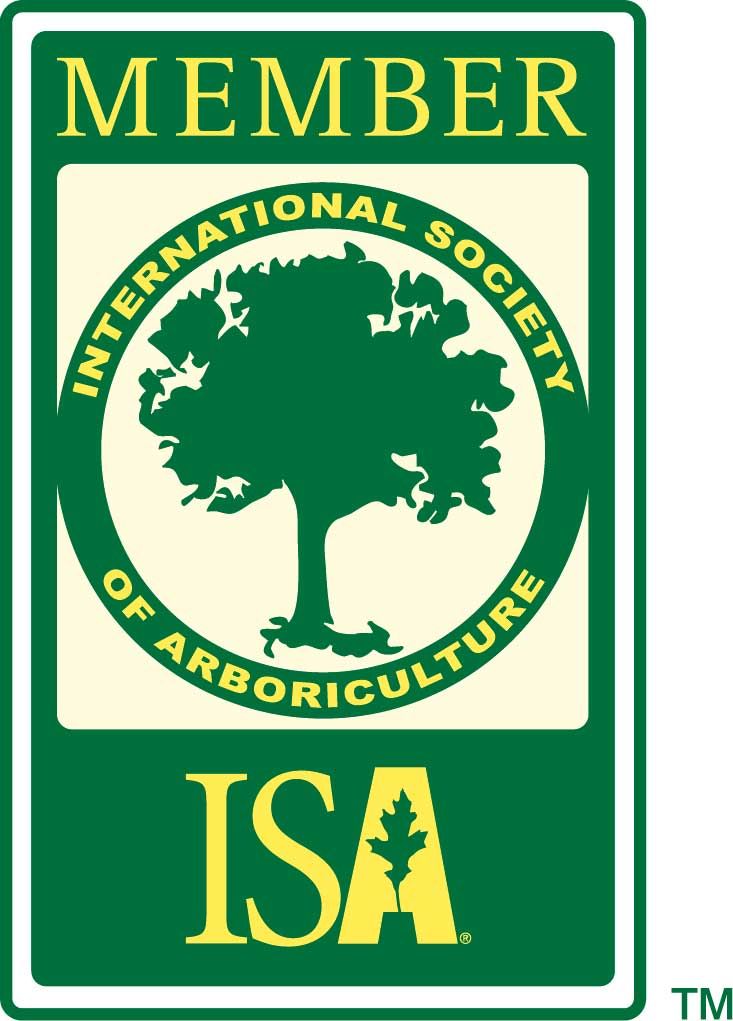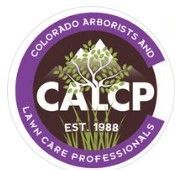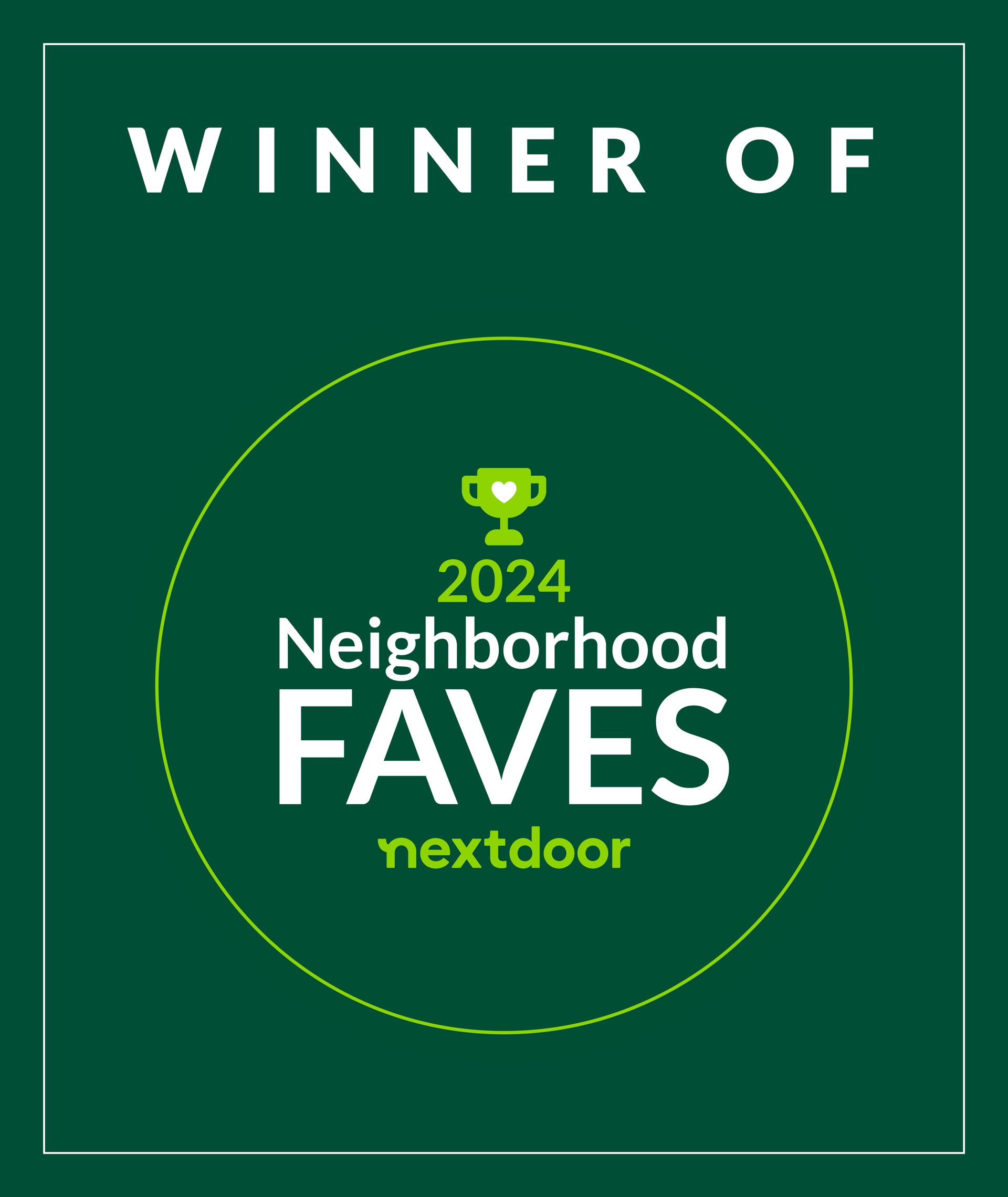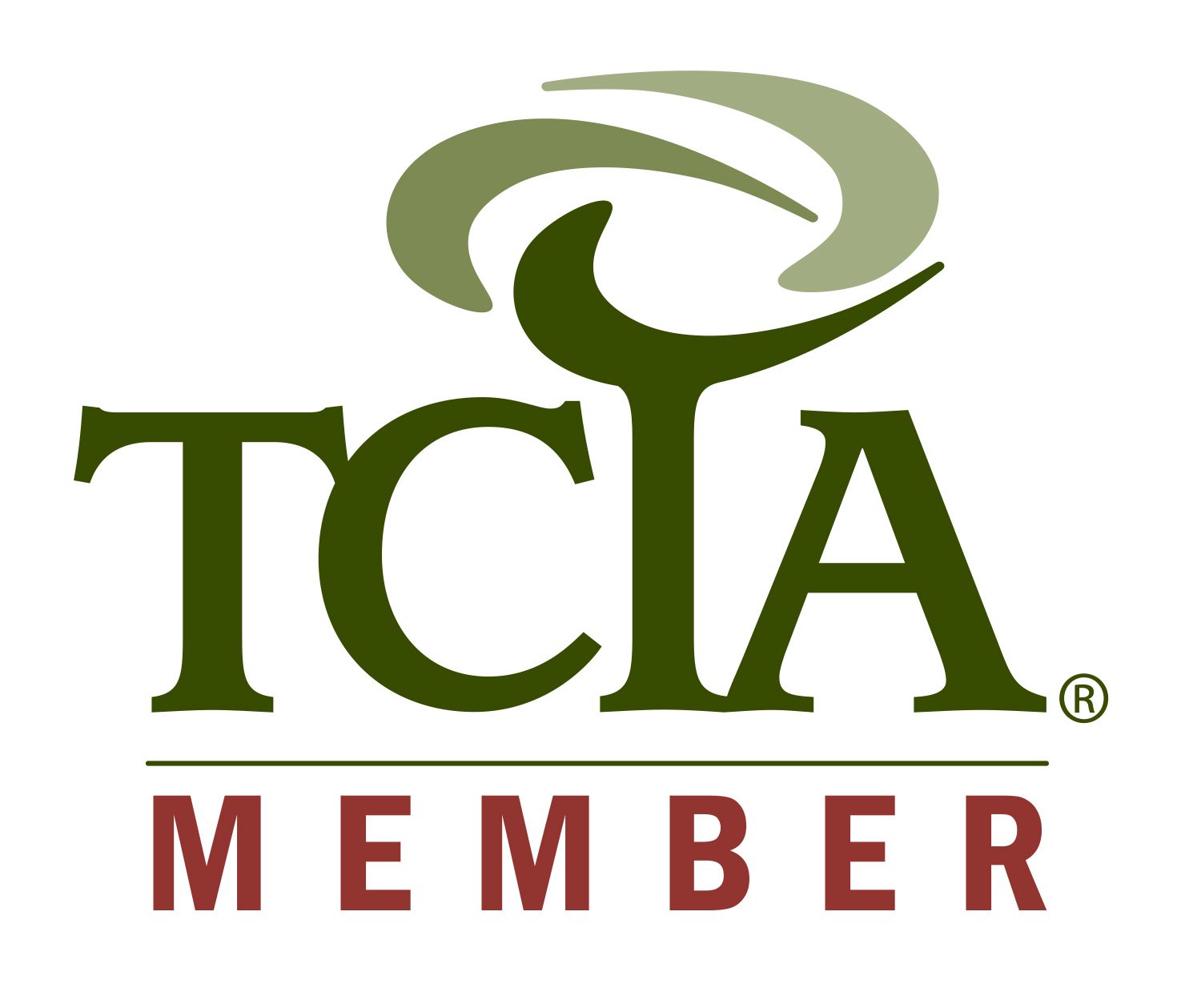FREQUENTLY ASKED QUESTIONS
Below you'll find answers to some of our most frequently asked questions.
If you still have a question or need more clarification, please give us a call at 970-222-8442 or reach out by email at office@schratree.com – we would love to hear from you!
-
What can I expect at my free on-site consultation?
Upon arrival, one of our qualified arborists will perform an inspection of the trees and/or plants on your property to gauge their health. Once the evaluation is complete, we will provide our recommendations on what services will best suit the needs of trees and plants.
Your original proposal will be sent via email unless otherwise specified.
Please note, sometimes our emails do go into the spam/junk folder so if you do not see it right away, check there. If it is still missing, give us a call and we will find another way to get the proposal to you.
-
How do I approve my proposal?
You can either approve our recommendations while our arborist is on-site with you or if you need some time to think it over, you can either approve the proposal via the email you we send you or just give us a call or email once you are ready to move forward.
Your original proposal will be sent via email unless otherwise specified. Please note, sometimes our emails do go into the spam/junk folder so if you do not see it right away, check there. If it is still missing, give us a call and we will find another way to get the proposal to you.
-
What happens after I approve my proposal?
Tree Services: Typically, once you have approved your tree trimming or removal proposal, we are about 6-8 weeks out. Unless it is an emergency or special circumstance, we do complete jobs in the order that they are accepted.
Due to weather and other circumstances, we only schedule work out a week or two at a time. Once our trim supervisor has a date scheduled for you, he will reach out to confirm that date works for you.
Plant Health Care Services: Please see the “Plant Health Care Estimated Timing” section for specific time frames.
Once we have a specific day scheduled for your plant health care service(s), you will be receiving a call, text and email from us at least 24 hours ahead of time and a call from the technician assigned to your job the day the service is scheduled.
-
Plant Health Care Services Estimated Timing Guide
DEEP ROOT FERTILZER:
Spring (Mega II Hum-ate Deep Root Feeding) – This service is typically completed between April and June.
Summer Water-Guard (Deep Root Fertilizer) – This service is typically completed between July and August.
Fall (Mega II Hum-ate Deep Root Feeding) - This service is typically completed between September and October.
PEST/DISEASE CONTROL TREATMENTS:
Aphid Treatment (Foliar Spray Application) – This service is typically completed between April and May (early spring is best, before bud’s break).
Bark Banding Treatment (Trunk Spray) – This service is typically completed between April to June.
Elm Leaf Beetle (Foliar Spray Application) - This service is typically completed between April and May.
Fire Blight Treatment – This service is typically completed by May.
Honey Locust Plant Bug Spray (Foliar Spray Application) – This service is typically completed between April and May (best time to apply is when plant bugs are first hatching, at about bud break).
IPS/Bark Beetle Spray (Foliar Spray Application) – The first spray is typically completed between mid-April to early May. Second spray is typically completed between late June to July.
Iron Basil Drench SPRING – This service is typically completed between April and May.
Iron Basil Drench FALL – This service is typically completed between September and October.
Iron Trunk Injection – This service is typically completed in October (the temperatures need to be on the cooler side).
Lilac Ash Borer Treatment (Trunk Spray) – This This service is typically completed between April and May.
Soil Injection Application SPRING – This service is typically completed between April and June.
Soil Injection Application FALL – This service is typically completed between July and September.
Trunk Injection Application SPRING– This service is typically completed between May and June (the timing of when the treatments will be completed all depends upon when the leaves are in full bloom).
Trunk Injection Application FALL– This service is typically completed between August and September.
Zimmerman/Pine Tip Moth Spray – This service is typically completed between April and May.
*The time frames listed above are all weather dependent and may vary year to year.
DEEP ROOT WATERING:
Offered between December and February OR in the heart of summer when it is dry and hot.
-
When can I expect my first lawn fertilizer application?
One of our trained, licensed technicians will apply your first lawn application in Early Spring, typically between April and May.
After the first application, the following applications will be completed in 5–6-week cycles:
Spring – Between May and June
Summer – Between July and August
Late Summer – September
Fall – October
*The time frames listed above are all weather dependent and may vary year to year.
-
What do I do if I notice any issues with my lawn throughout the season?
We will come out between applications for free to evaluate your lawn if needed to ensure your satisfaction. Just give us a call or shoot us an email.
-
Is the Emerald Ash Borer treatment necessary?
The Emerald Ash Borer (EAB) is an invasive beetle that has unfortunately made its way to Northern Colorado. In June of 2002, the first documented case of Emerald Ash Borers was found in the United States, and now they can be found in most parts of the country.
Since the Emerald Ash Borer is not native to the Northern Colorado area, there are no predators to keep its population in control, so when it is transported from point A to point B, the pest has no problem plaguing and destroying local ash tree populations.
Unfortunately, for now, it doesn’t look like the beetle is going anywhere anytime soon so if you have an ash tree, it is at risk of attracting the emerald ash borer. Most trees can be saved from the emerald ash borer if caught early enough but the most effective way to avoid serious tree loss is to take preventative measures.
Protect your ash trees today by contacting us at Schra Tree Care to schedule an inspection and treatment for your ash trees!
-
Why should I deep root fertilize my trees vs other fertilizer options?
Due to Colorado’s ever-changing, unpredictable weather patterns and clay soil, we can never be too confident in the level of nutrients and water our trees are receiving. Deep Root Fertilization is a revolutionary way to provide the necessary nutrients to your trees, no matter the location or situation.
This process involves putting a probe directly down into the soil and injecting the nutrients to make it more accessible to the tree. Deep root fertilization is more impactful than surface fertilization because it is not subject to the wind, rain, and other elements that can be easily blown away.
Over the years, we have perfected our own specialized, organic mix, which helps to combat high pH levels in soil as well as de-compacting the soil to make it easier for the tree to access nutrients and water. By encouraging the growth of your trees, their health will be boosted, allowing them to thrive.
-
Why is my tree turning yellow?
Are the newest leaves towards ends of branches are turning yellow, pale yellow or whitish but the veins of affected leaves remain green?
Are brown spots developing between the veins and leaf margins are browning along the edge?
These could be signs that your tree is chlorotic due to insufficient iron. Colorado soils are mostly alkaline, causing most of the iron to be in an insoluble form not usable by plants which is what causes chlorosis (lack of chlorophyll) which is essentially due to insufficient iron.
If you are wondering if your tree is chlorotic, give us a call and we will come out for free to evaluate your tree and provide treatment options.
Get in Touch!
Schra Tree Care proudly serves Fort Collins, Loveland, Berthoud, Windsor, and Johnstown/Milliken.












